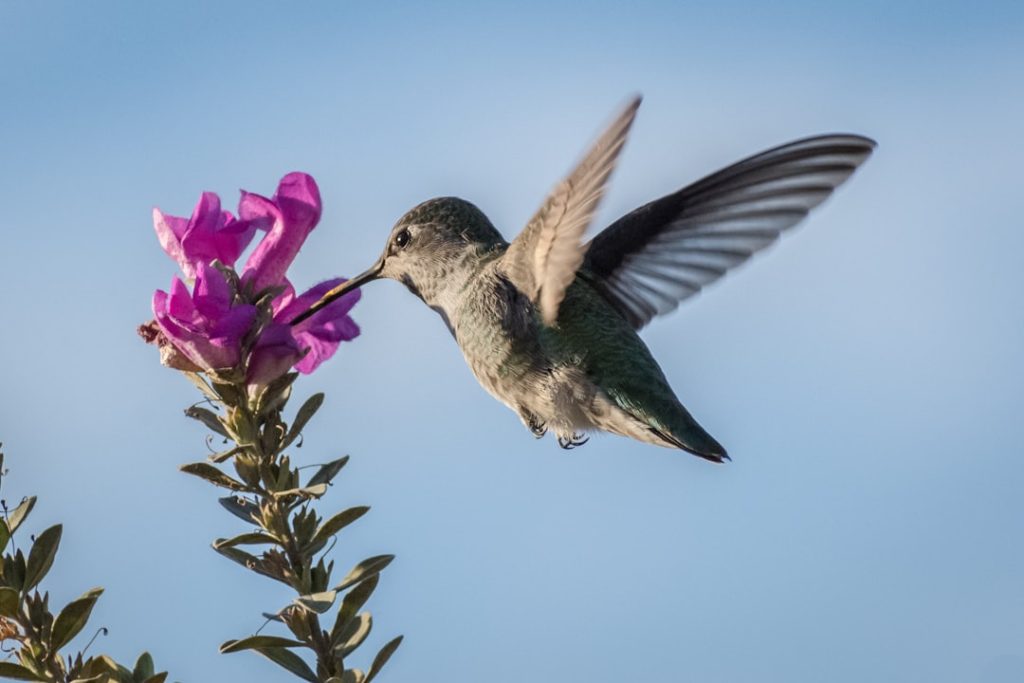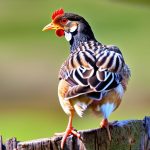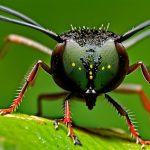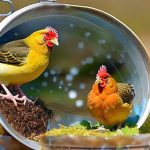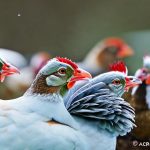Owls and hawks are birds of prey that pose a significant threat to chickens and other small animals. Understanding their behavior is crucial for developing effective deterrent strategies. Owls are nocturnal hunters, active primarily at night, using their exceptional eyesight and silent flight to catch prey by surprise.
Hawks, conversely, are diurnal hunters, active during daylight hours, relying on sharp talons and beaks to capture prey. Both species are adept hunters capable of easily targeting chickens and other small animals in backyard settings. It is important to note that owls and hawks are protected under various wildlife conservation laws, which often prohibit lethal control methods.
This legal protection emphasizes the need to understand their behavior and implement non-lethal deterrent strategies to safeguard chickens and other small animals from these predators. The distinct hunting behaviors of owls and hawks, coupled with their protected status, necessitate the development of effective, non-lethal deterrent measures. Understanding their nocturnal and diurnal hunting patterns is essential for creating strategies to keep these predators at bay while complying with wildlife conservation laws.
Table of Contents
- 1 Implementing Physical Barriers: Building Chicken Coops and Enclosures
- 2 Utilizing Visual Deterrents: Scarecrows, Reflective Objects, and Decoys
- 3 Sound-Based Deterrents: Using Noisemakers and Predator Calls
- 4 Applying Natural Predation Control: Owning Guard Animals and Birds of Prey
- 5 Creating a Safe Environment: Removing Attractive Features for Predators
- 6 Seeking Professional Help: Consulting with Wildlife Experts and Pest Control Services
- 7 FAQs
- 7.1 What are some natural ways to keep owls and hawks away from chickens?
- 7.2 What are some physical barriers that can be used to protect chickens from owls and hawks?
- 7.3 Are there any predator-proof housing options for chickens?
- 7.4 What are some additional measures that can be taken to protect chickens from owls and hawks?
- 7.5 Are there any legal methods to deter owls and hawks from chickens?
Key Takeaways
- Owls and hawks are natural predators of chickens and can exhibit behavior such as swooping down from above to catch their prey.
- Building chicken coops and enclosures can physically prevent owls and hawks from accessing the chickens.
- Scarecrows, reflective objects, and decoys can visually deter owls and hawks from approaching the chicken coop.
- Noisemakers and predator calls can be used as sound-based deterrents to keep owls and hawks away from the chickens.
- Owning guard animals and birds of prey, such as dogs or falcons, can help control natural predation and protect the chickens.
Implementing Physical Barriers: Building Chicken Coops and Enclosures
Secure Coops and Enclosures
One of the most effective ways to protect chickens from owls and hawks is by building secure chicken coops and enclosures. A well-constructed coop with a sturdy roof and walls can prevent owls and hawks from gaining access to the chickens. It’s important to ensure that the coop is predator-proof by using hardware cloth with small openings to prevent any potential entry points for these predators.
Reinforcing the Coop and Enclosure
Additionally, reinforcing the coop with locks and latches can further deter any attempts by owls and hawks to break in. In addition to the coop, creating a secure outdoor enclosure for the chickens to roam during the day can provide an extra layer of protection. This can be achieved by using chicken wire or netting to cover the top of the enclosure, preventing any aerial attacks from owls and hawks.
Effective Protection Methods
By implementing physical barriers such as secure coops and enclosures, you can effectively protect your chickens from the threat of owls and hawks. Building a secure chicken coop with a sturdy roof and walls, reinforced with hardware cloth and locks, is an effective way to prevent owls and hawks from gaining access to the chickens. Additionally, creating a secure outdoor enclosure with chicken wire or netting can provide an extra layer of protection against aerial attacks.
Reducing the Risk of Predation
By implementing these physical barriers, you can significantly reduce the risk of owls and hawks preying on your chickens.
Utilizing Visual Deterrents: Scarecrows, Reflective Objects, and Decoys
Visual deterrents such as scarecrows, reflective objects, and decoys can be effective in deterring owls and hawks from targeting chickens. Scarecrows can be placed in the chicken coop or around the outdoor enclosure to create the illusion of human presence, which can deter these predators from approaching. Reflective objects such as CDs or mirrors can also be strategically placed around the coop and enclosure to create flashes of light that may startle owls and hawks, making them think twice before attempting an attack.
Furthermore, decoys of larger birds of prey, such as owls or hawks, can be used to create a sense of competition and territorial threat, deterring real owls and hawks from entering the area. By utilizing visual deterrents, you can create an environment that is less attractive to owls and hawks, reducing the risk of predation on your chickens. Scarecrows, reflective objects, and decoys can all serve as effective visual deterrents against owls and hawks.
Placing scarecrows in the coop or around the enclosure, using reflective objects to create flashes of light, and deploying decoys of larger birds of prey can all contribute to creating an environment that is less appealing to these predators.
Sound-Based Deterrents: Using Noisemakers and Predator Calls
Sound-based deterrents such as noisemakers and predator calls can be effective in deterring owls and hawks from targeting chickens. Noisemakers such as air horns or whistles can be used to create loud and sudden sounds that can startle these predators, making them think twice before attempting an attack. Additionally, predator calls of larger birds of prey can be played in the vicinity of the coop or enclosure to create a sense of territorial threat, deterring real owls and hawks from approaching.
It’s important to vary the timing and location of these sound-based deterrents to prevent habituation by the predators. By using a combination of different sound-based deterrents, you can create an environment that is less inviting to owls and hawks, reducing the risk of predation on your chickens. Noisemakers such as air horns or whistles, as well as predator calls of larger birds of prey, can be effective in deterring owls and hawks from targeting chickens.
Varying the timing and location of these sound-based deterrents is crucial in preventing habituation by the predators. By using a combination of different sound-based deterrents, you can create an environment that is less appealing to these predators.
Applying Natural Predation Control: Owning Guard Animals and Birds of Prey
Owning guard animals such as dogs or geese can provide natural predation control against owls and hawks. Dogs are natural predators themselves and can help protect chickens by patrolling the area and deterring any potential threats. Geese are known for their aggressive behavior towards intruders, making them effective guardians for chickens against aerial predators like owls and hawks.
In addition to guard animals, owning birds of prey such as falcons or hawks can also serve as a natural deterrent against other birds of prey. The presence of these larger birds of prey in the area can create a sense of competition and territorial threat, deterring real owls and hawks from approaching. By applying natural predation control through owning guard animals and birds of prey, you can effectively protect your chickens from the threat of owls and hawks.
Owning guard animals such as dogs or geese can provide natural predation control against owls and hawks by patrolling the area and deterring potential threats. Additionally, owning birds of prey such as falcons or hawks can create a sense of competition and territorial threat, deterring real owls and hawks from approaching. By applying natural predation control through owning guard animals and birds of prey, you can effectively protect your chickens from these predators.
Creating a Safe Environment: Removing Attractive Features for Predators
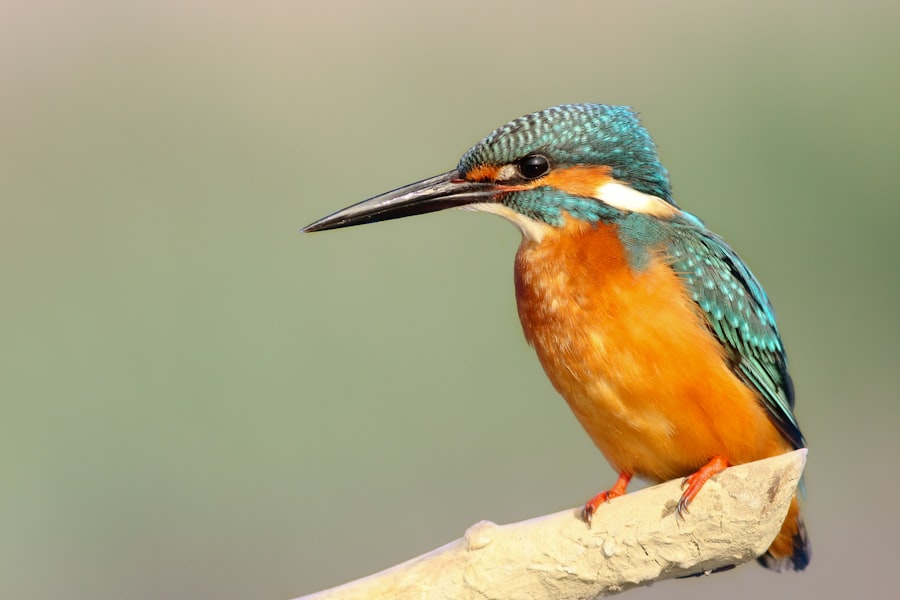
Removing Attractive Features
One crucial step is to remove any attractive features that may draw in predators. This includes keeping the area around the coop and enclosure free from tall trees or structures where owls and hawks can perch and survey for potential prey.
Eliminating Food Sources
Another important step is to eliminate any food sources that may attract predators. This includes keeping the area free from spilled grains or uncovered garbage, which can make the environment more appealing to owls and hawks.
Regular Inspections
Regularly inspecting the coop and enclosure is also vital in creating a safe environment for chickens. This involves checking for any potential entry points or weak spots that may allow owls and hawks to gain access. By taking these steps, you can significantly reduce the risk of predation on your chickens and create a safe and secure environment for them to thrive.
Seeking Professional Help: Consulting with Wildlife Experts and Pest Control Services
If you’re facing persistent issues with owls and hawks preying on your chickens despite implementing various deterrent strategies, it may be beneficial to seek professional help. Consulting with wildlife experts or pest control services can provide valuable insights into the behavior of these predators and offer tailored solutions to address the specific challenges you’re facing. Wildlife experts can provide guidance on habitat modification techniques that can make your property less attractive to owls and hawks, while pest control services may offer specialized deterrent products or services that are effective in deterring these predators.
By seeking professional help, you can gain access to expertise and resources that can help you effectively protect your chickens from the threat of owls and hawks. If you’re experiencing persistent issues with owls and hawks preying on your chickens, seeking professional help by consulting with wildlife experts or pest control services can provide valuable insights into addressing these challenges. Wildlife experts can offer guidance on habitat modification techniques, while pest control services may provide specialized deterrent products or services that are effective in deterring these predators.
By seeking professional help, you can access expertise and resources that can help you effectively protect your chickens from these predators. In conclusion, protecting chickens from the threat of owls and hawks requires a multi-faceted approach that involves understanding their behavior, implementing physical barriers, utilizing visual and sound-based deterrents, applying natural predation control, creating a safe environment, and seeking professional help when needed. By combining these strategies, chicken owners can effectively mitigate the risk of predation on their flock while ensuring the safety and well-being of their animals.
It’s important to tailor these deterrent strategies to suit the specific challenges posed by owls and hawks in order to achieve long-term success in protecting chickens from these predators.
If you’re looking for ways to keep owls and hawks away from your chickens, you may also be interested in learning about the best location for your chicken coop. Check out this article on where to put your chicken coop for tips on finding the ideal spot to keep your chickens safe and secure.
FAQs
What are some natural ways to keep owls and hawks away from chickens?
Some natural ways to keep owls and hawks away from chickens include using scare tactics such as noise makers, visual deterrents like shiny objects, and providing hiding spots for chickens to take cover.
What are some physical barriers that can be used to protect chickens from owls and hawks?
Physical barriers such as netting, fencing, and covered enclosures can be used to protect chickens from owls and hawks. These barriers can prevent the birds of prey from accessing the chickens.
Are there any predator-proof housing options for chickens?
Yes, there are predator-proof housing options for chickens such as secure coops and runs with strong latches and locks, as well as sturdy roofs and walls to keep out owls and hawks.
What are some additional measures that can be taken to protect chickens from owls and hawks?
Additional measures to protect chickens from owls and hawks include keeping chickens in a covered area during dusk and dawn when birds of prey are most active, and using motion-activated lights or sprinklers to deter them.
Are there any legal methods to deter owls and hawks from chickens?
Yes, there are legal methods to deter owls and hawks from chickens, such as using scare tactics and physical barriers. It is important to check local regulations and laws regarding the protection of birds of prey before implementing any deterrent methods.
Meet Walter, the feathered-friend fanatic of Florida! Nestled in the sunshine state, Walter struts through life with his feathered companions, clucking his way to happiness. With a coop that’s fancier than a five-star hotel, he’s the Don Juan of the chicken world. When he’s not teaching his hens to do the cha-cha, you’ll find him in a heated debate with his prized rooster, Sir Clucks-a-Lot. Walter’s poultry passion is no yolk; he’s the sunny-side-up guy you never knew you needed in your flock of friends!

